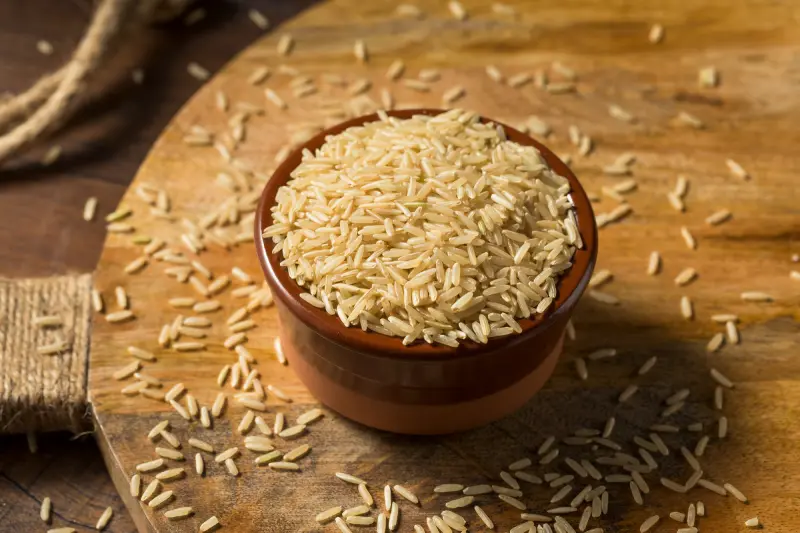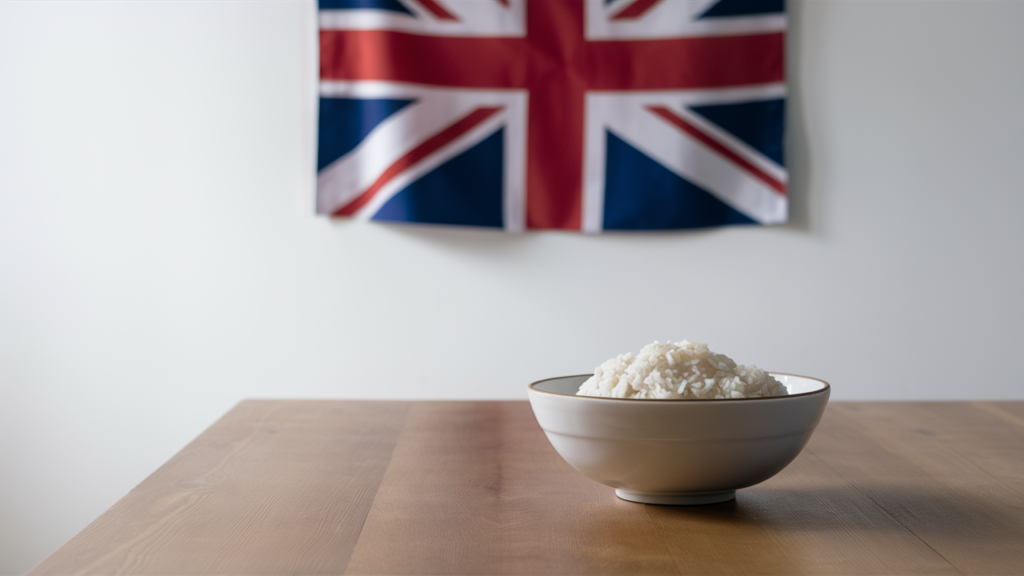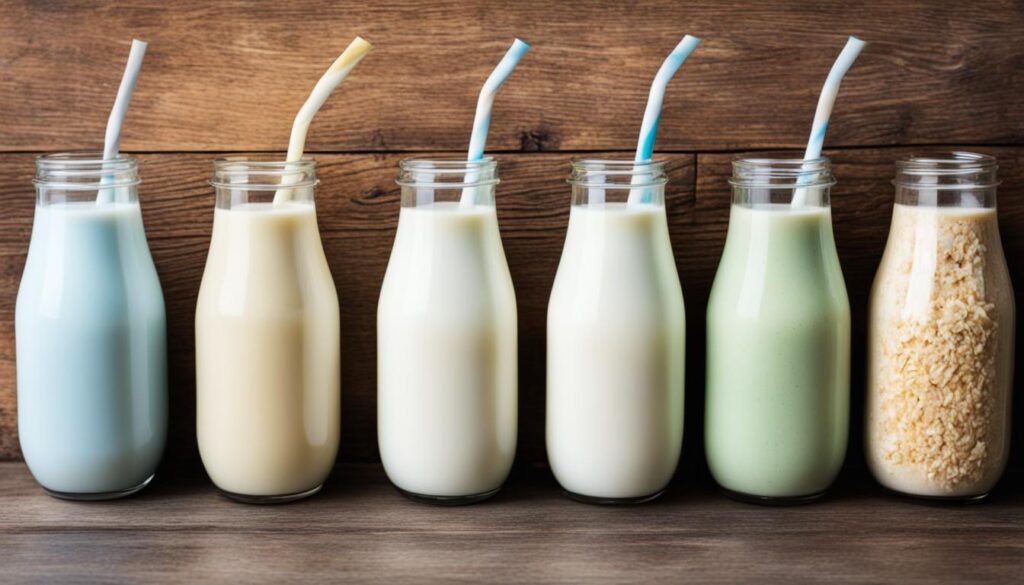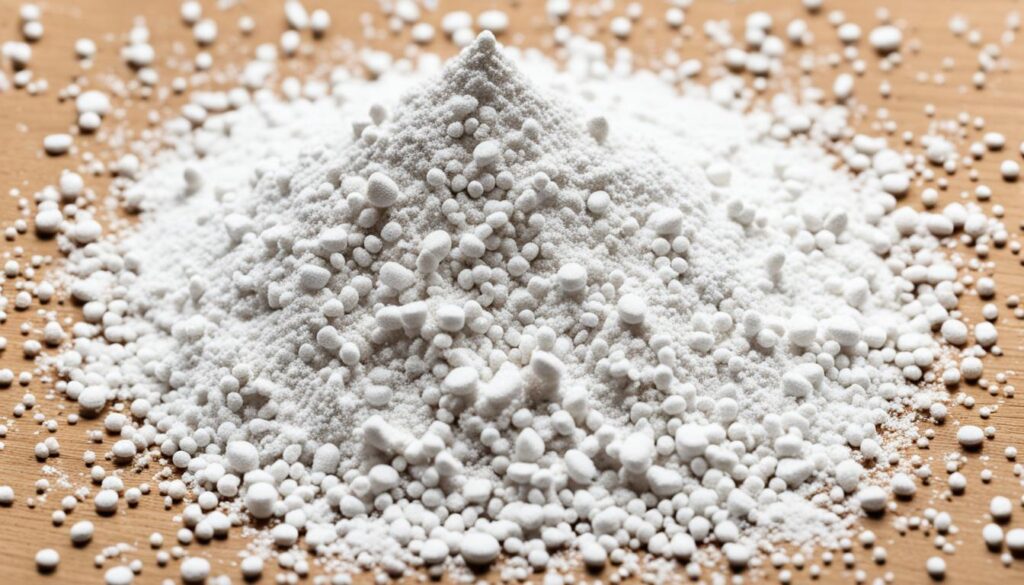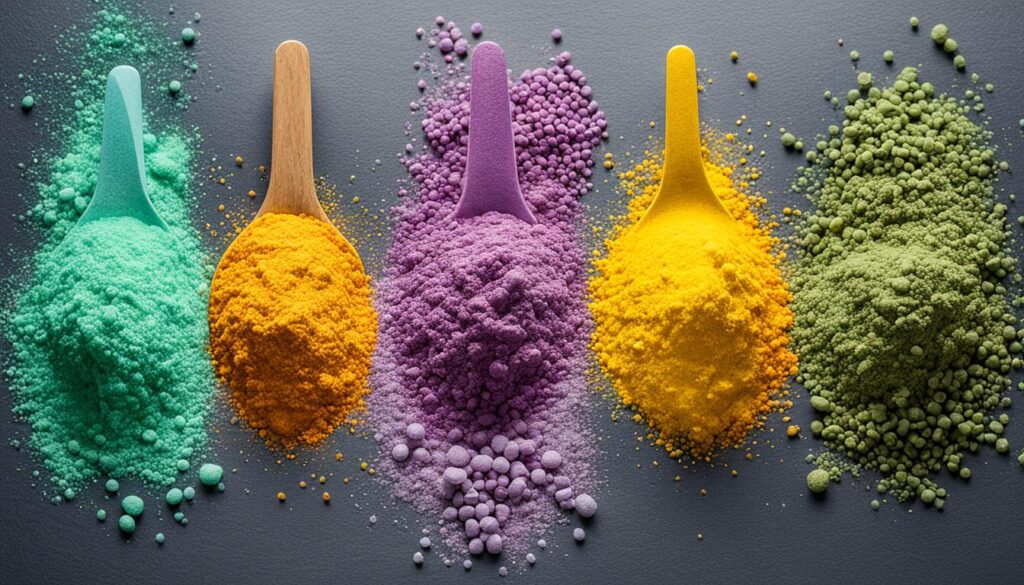In recent years, the global market for brown rice syrup has witnessed significant growth, driven by shifting consumer preferences towards healthier and more sustainable food choices. Brown rice syrup, a natural sweetener derived from brown rice, has gained popularity as an alternative to traditional sweeteners due to its perceived health benefits and versatile applications. This article explores the current trends and forecasts for the brown rice syrup market in 2025
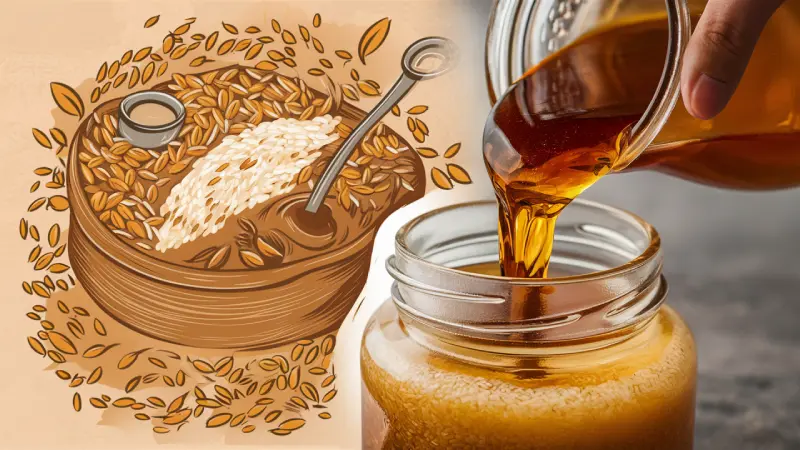
I. Introduction
Definition of Brown Rice Syrup
Brown rice syrup, also known as rice malt syrup. It is a sweetener produced by fermenting cooked brown rice with enzymes to break down the starches into sugars. It has a mild, caramel-like flavour and is commonly used as a natural sweetener in various food and beverage products.
Importance of Brown Rice Syrup in the Market
Basically the growing demand for natural and organic food products has propelled the popularity of brown rice syrup as a healthier alternative to refined sugars and artificial sweeteners. Its low glycemic index and minimal processing make it an attractive option for health-conscious consumers.

II. Growth Factors
Health Consciousness
With increasing awareness of the detrimental effects of excessive sugar consumption on health, consumers are actively seeking healthier alternatives. Brown rice syrup, being a natural sweetener with lower levels of fructose, is perceived as a healthier choice for sweetening food and beverages.
Vegan and Gluten-Free Trend
As more consumers adopt vegan and gluten-free diets for health, environmental, and ethical reasons, the demand for plant-based sweeteners like brown rice syrup has surged. Its vegan and gluten-free credentials make it suitable for a wide range of dietary preferences and restrictions.
Rising Demand for Natural Sweeteners
The preference for natural and minimally processed ingredients in food products has fueled the demand for natural sweeteners like brown rice syrup. Manufacturers are reformulating their products to meet consumer demand for cleaner labels and healthier options.
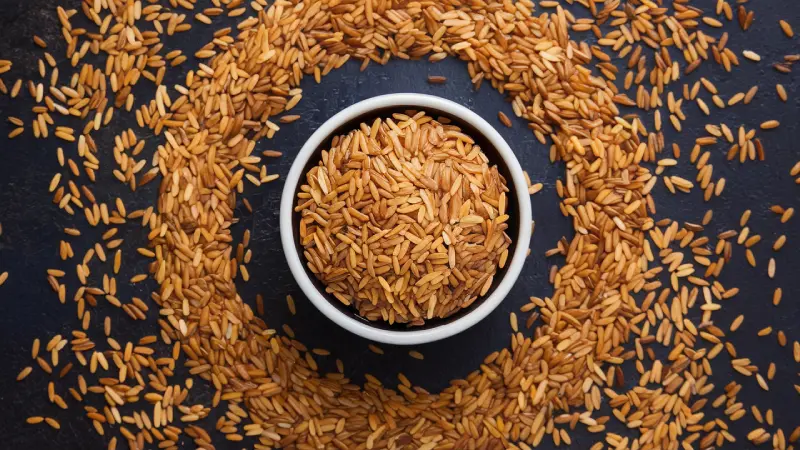
III. Market Analysis
Current Market Size
The global brown rice syrup market is experiencing steady growth, with increasing adoption in the food and beverage industry. According to recent market research reports, the market size is estimated to reach millions by 2025, driven by growing consumer awareness and the expansion of distribution channels.
Key Players in the Industry
Several key players dominate the brown rice syrup market, including manufacturers, distributors, and retailers. These companies are investing in research and development to innovate new products and expand their market presence globally.
Geographical Distribution of Consumption
Brown rice syrup consumption is not limited to specific regions but is prevalent across various countries worldwide. However, regions with a higher concentration of health-conscious consumers, such as North America and Europe, are leading contributors to the market growth.
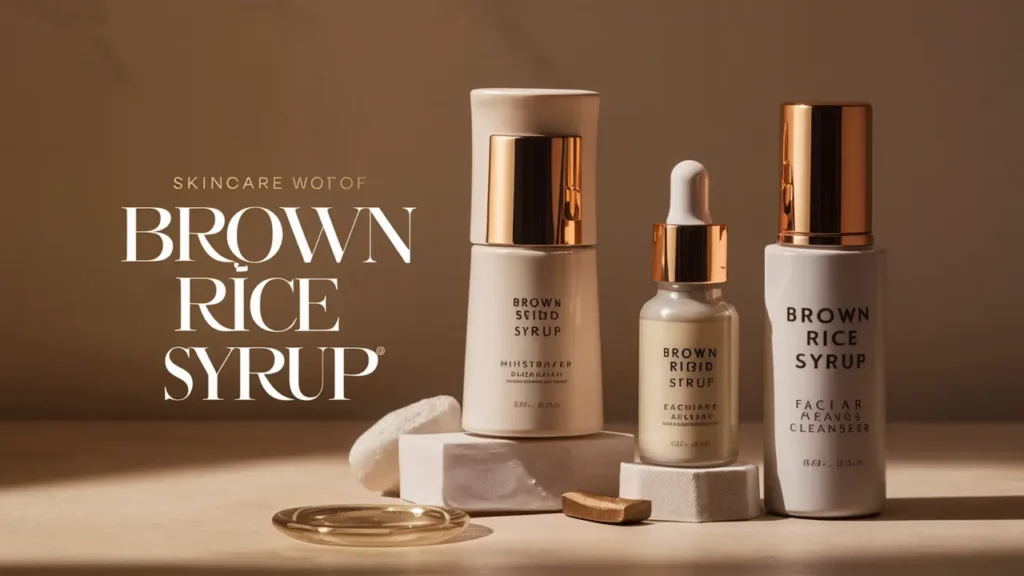
IV. Trends in 2025
Innovations in Brown Rice Syrup Products
Manufacturers are continually innovating to meet consumer demand for healthier and more sustainable food options. New product developments, such as flavoured brown rice syrups and convenient packaging formats, are expected to drive market growth in 2025.
Increased Adoption in the Food and Beverage Industry
The food and beverage industry is incorporating brown rice syrup into a wide range of products, including snacks, cereals, beverages, and condiments. Its natural sweetness and functional properties make it a versatile ingredient for formulating healthier and tastier products.
Growing Popularity in Personal Care Products
Apart from its use in food and beverages, brown rice syrup is finding applications in the personal care industry. Its humectant properties make it a suitable ingredient for skincare products, such as moisturizers, lotions, and hair care formulations.
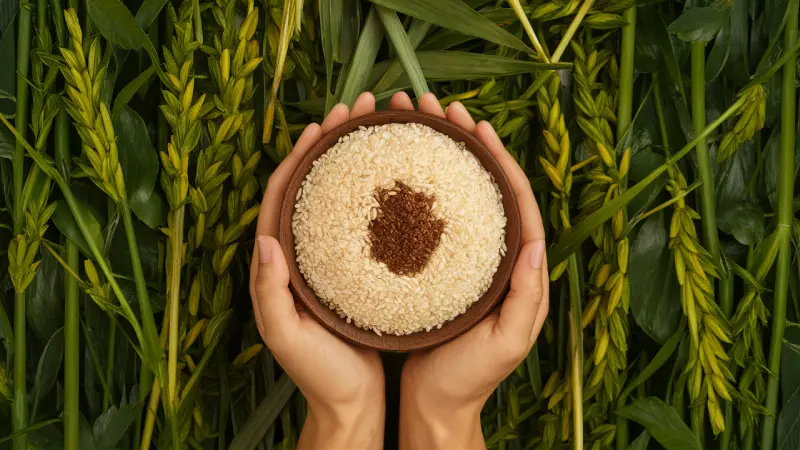
V. Forecast for 2025
Predicted Market Growth
Analysts project robust growth for the brown rice syrup market in the coming years, fueled by increasing consumer demand for natural and sustainable sweeteners. The market is expected to witness significant expansion, driven by factors such as urbanization, changing dietary habits, and rising disposable incomes.
Emerging Markets and Opportunities
Emerging markets in Asia-Pacific and Latin America present lucrative opportunities for brown rice syrup manufacturers due to growing consumer awareness and evolving food preferences. Market expansion efforts in these regions are likely to contribute to the overall growth trajectory of the industry.
Challenges in Market Expansion
Despite the positive growth outlook, the brown rice syrup market faces challenges such as price volatility, supply chain disruptions, and regulatory complexities. Manufacturers need to navigate these challenges effectively to capitalize on emerging opportunities and sustain long-term growth.
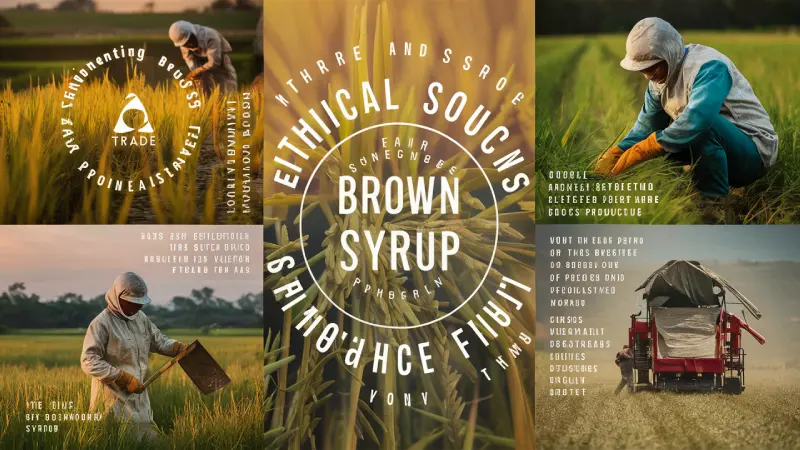
VI. Sustainability and Ethical Considerations
Environmentally Friendly Production Practices
Consumers are increasingly concerned about the environmental impact of food production processes. Brown rice syrup production, which involves minimal processing and utilizes renewable resources, aligns with sustainable and eco-friendly practices, making it a preferred choice for environmentally conscious consumers.
Fair Trade and Ethical Sourcing
The demand for ethically sourced ingredients is driving the adoption of fair trade practices in the brown rice syrup industry. Manufacturers are partnering with farmers and suppliers to ensure fair wages, safe working conditions, and sustainable agricultural practices throughout the supply chain.

VII. Regulatory Landscape
Government Regulations and Compliance
Regulatory frameworks governing the production, labelling, and marketing of brown rice syrup vary across different countries and regions. Manufacturers need to adhere to strict quality standards and compliance requirements to ensure product safety and consumer trust.
Impact on Market Dynamics
Changes in regulatory policies, such as labelling requirements and sugar taxes, can influence market dynamics and consumer behaviour. Manufacturers must stay informed about evolving regulations and adapt their strategies accordingly to remain competitive in the global market.
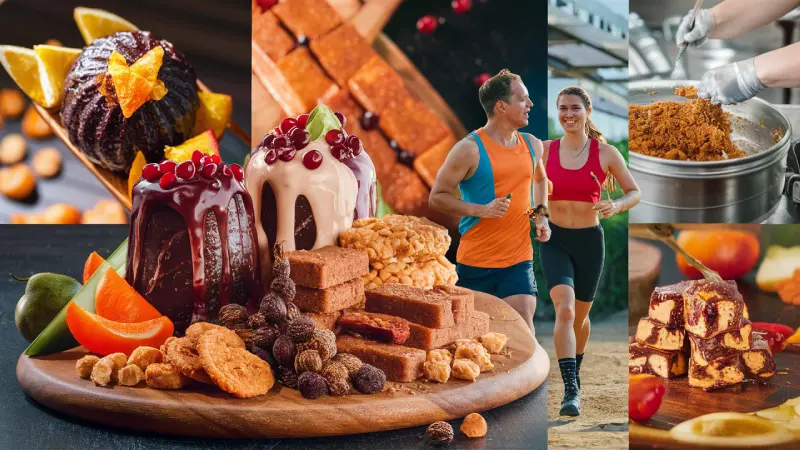
VIII. Consumer Preferences
Health Benefits Driving Consumer Choices
Consumers are increasingly prioritizing health and wellness, seeking products that offer nutritional benefits without compromising taste or quality. Brown rice syrup’s natural sweetness, low glycemic index, and absence of artificial additives appeal to health-conscious consumers looking for healthier sweetening options.
Taste and Texture Preferences
In addition to health considerations, taste and texture play a crucial role in consumer acceptance of brown rice syrup products. Manufacturers are investing in flavor profiling and texture optimization to enhance the sensory experience and meet consumer expectations for delicious and indulgent treats.
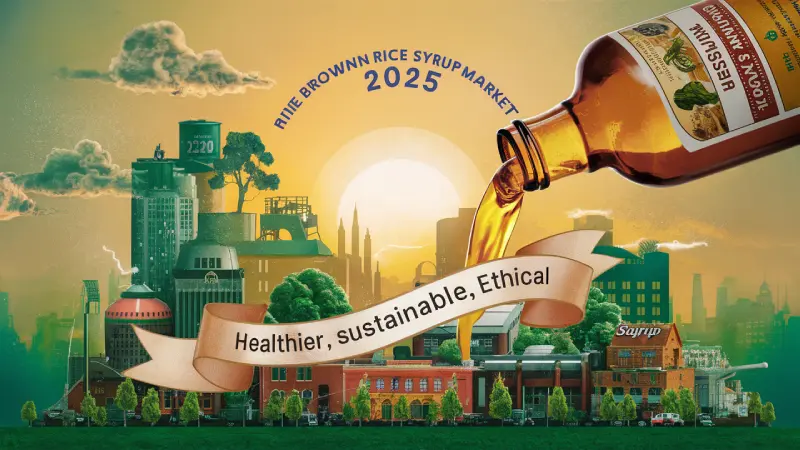
X. Conclusion
In conclusion, the global market for brown rice syrup is poised for continued growth and expansion in 2025, driven by shifting consumer preferences towards healthier, more sustainable, and ethically sourced food products. With increasing demand for natural sweeteners and growing awareness of the health benefits of brown rice syrup, manufacturers have significant opportunities to capitalize on emerging market trends and unlock new avenues for growth.
XI. FAQs
What is brown rice syrup?
Brown rice syrup, also known as rice malt syrup, is a natural sweetener derived from brown rice through a fermentation process. It has a mild, caramel-like flavor and is commonly used as an alternative to refined sugars and artificial sweeteners.
Is brown rice syrup healthier than other sweeteners?
Brown rice syrup is often considered a healthier alternative to refined sugars due to its lower glycemic index and minimal processing. However, like any sweetener, moderation is key to maintaining a balanced diet.
Can brown rice syrup be used in baking?
Yes, brown rice syrup can be used in baking as a substitute for other liquid sweeteners such as honey or maple syrup. It adds moisture, sweetness, and a subtle caramel flavor to baked goods.
Are there any potential side effects of consuming brown rice syrup?
While brown rice syrup is generally safe for consumption, some individuals may experience digestive discomfort or allergic reactions, especially if they have a sensitivity to rice or grains. It’s essential to consult a healthcare professional if you have any concerns.
How does brown rice syrup compare to honey or maple syrup?
Brown rice syrup differs from honey and maple syrup in terms of flavor, nutritional content, and production process. While honey is derived from bees and maple syrup from maple trees, brown rice syrup is made from fermented brown rice. Each sweetener has its unique characteristics and culinary applications.



